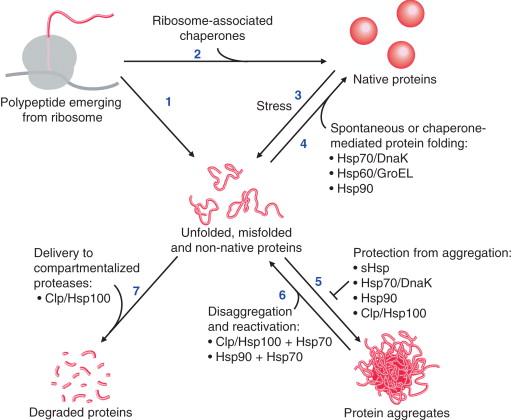For the first time, NASA’s Parker Solar Probe has officially “touched” the sun, plunging through the unexplored solar atmosphere known as the corona.

Reference
Unfolded polypeptides are generated during normal growth as the product of protein synthesis.
But misfolded proteins arise as a consequence of cellular stresses, such as heat shock, oxidative stress, as well as pathological conditions.

Misfolding of proteins can cause a number of diseases
|
Disease |
Abnormality with the Protein |
|
Parkinson's disease |
Misfolding of Alpha-synuclein protein (present in neurons) |
|
Alzheimer's disease |
Brains of patients have plaques formed from aggregates of amyloid beta-peptide. Accumulation of amyloid fibrils is toxic to neurons. |
|
Autosomal Dominant Congenital Cataract |
Aberrant folding of crystallins of the eye lens |
Reference
A new study has found that the food source that allows Pyronema, a genus of pyrophilous fungi, to appear so quickly in big numbers after a fire is the damage left by the fire itself.
Reference
Thirty white rhinos were transferred from South Africa to Rwanda in a Boeing 747.
Reference
Ministry of Environment and Climate Change had declared the Kazhuveli wetlands as the 16th bird sanctuary in Tamil Nadu.
Kazhuveli falls in the Central Asian migratory path of birds.
Reference